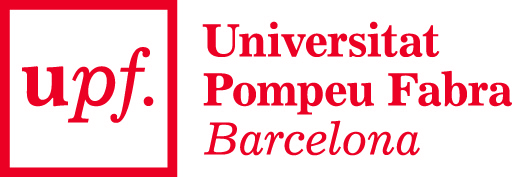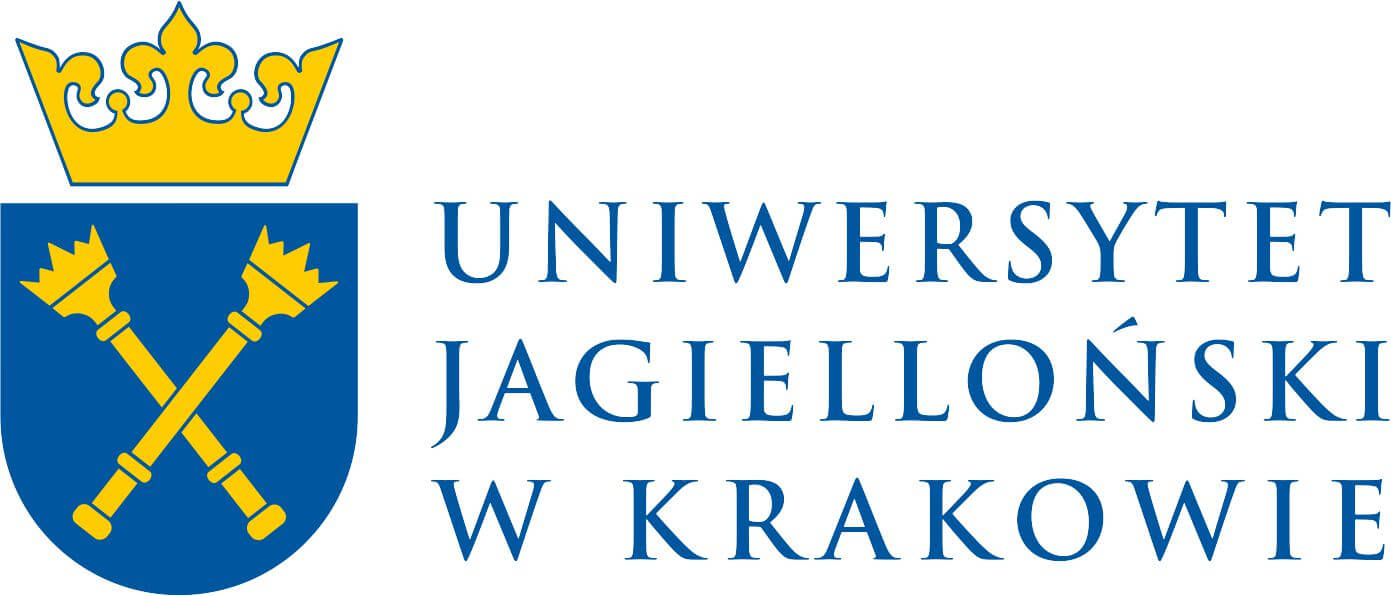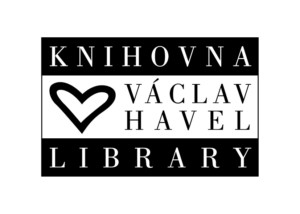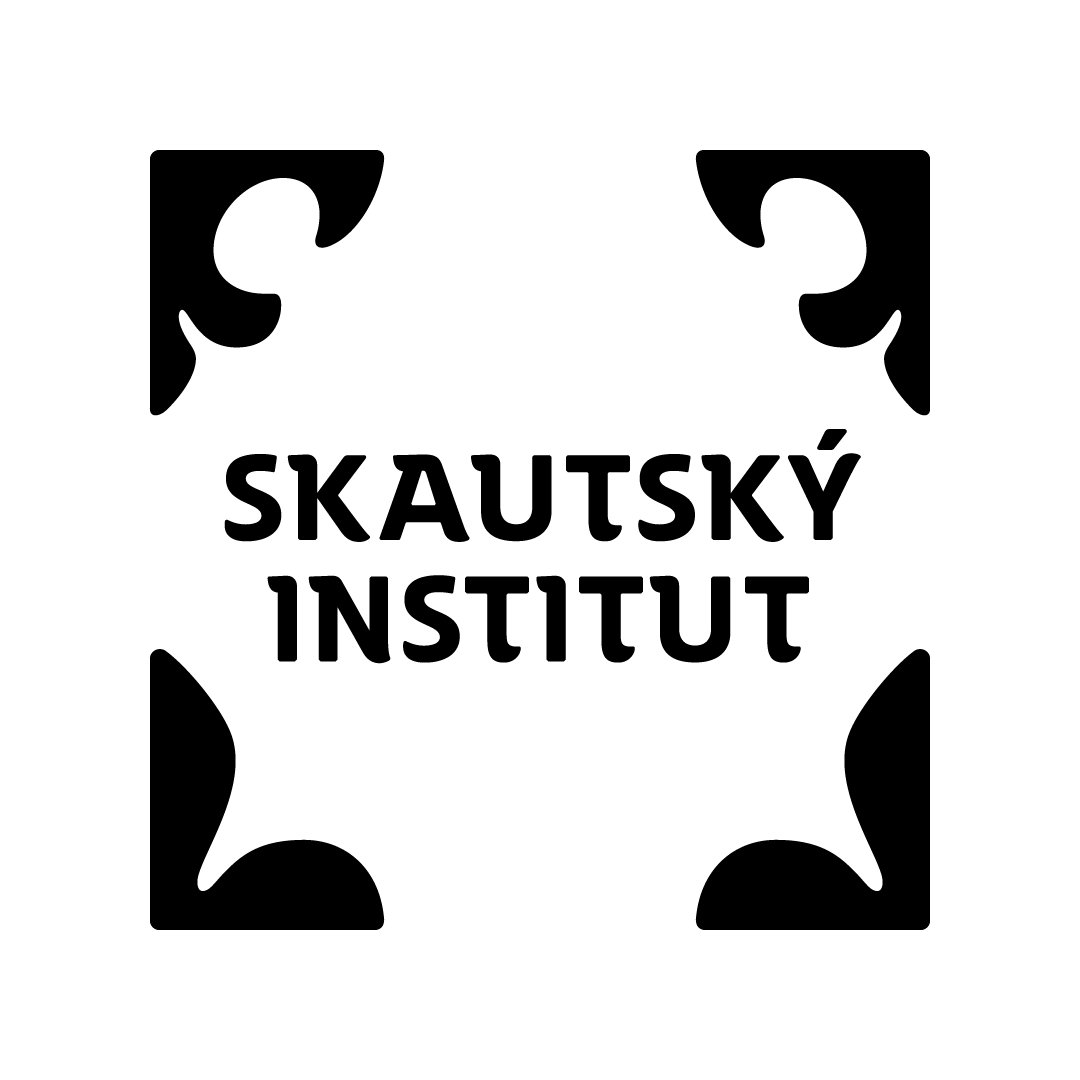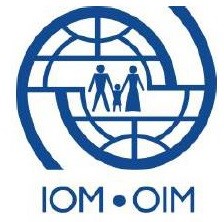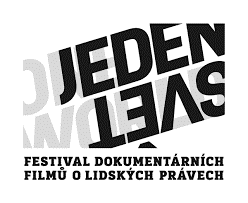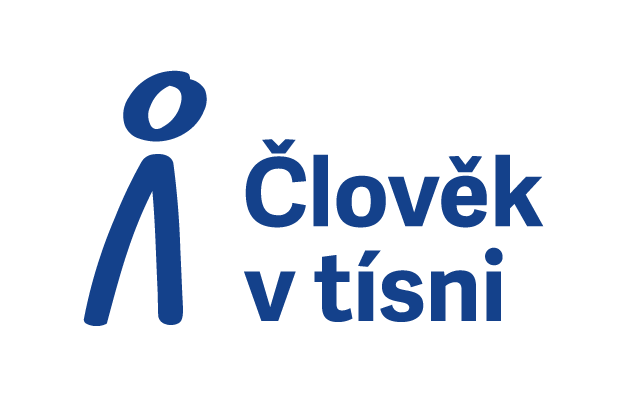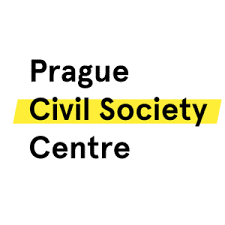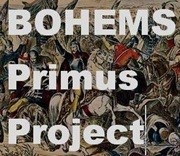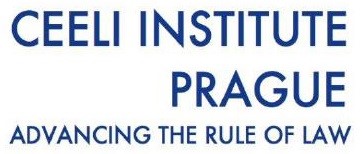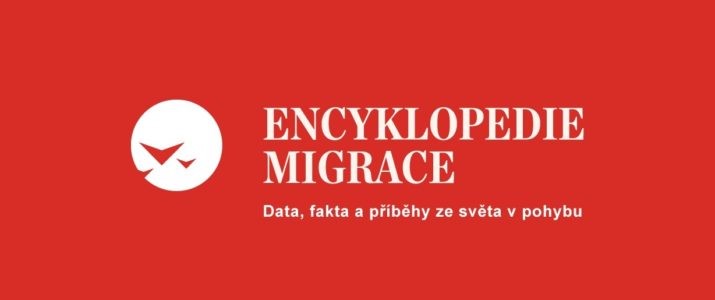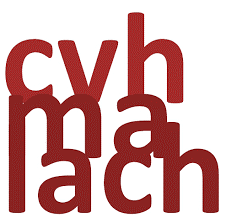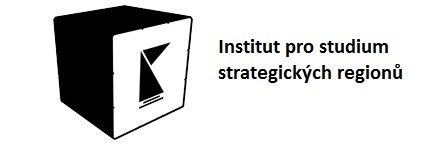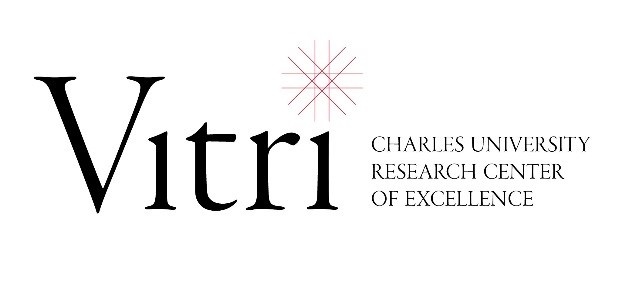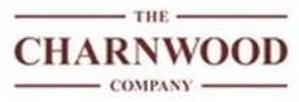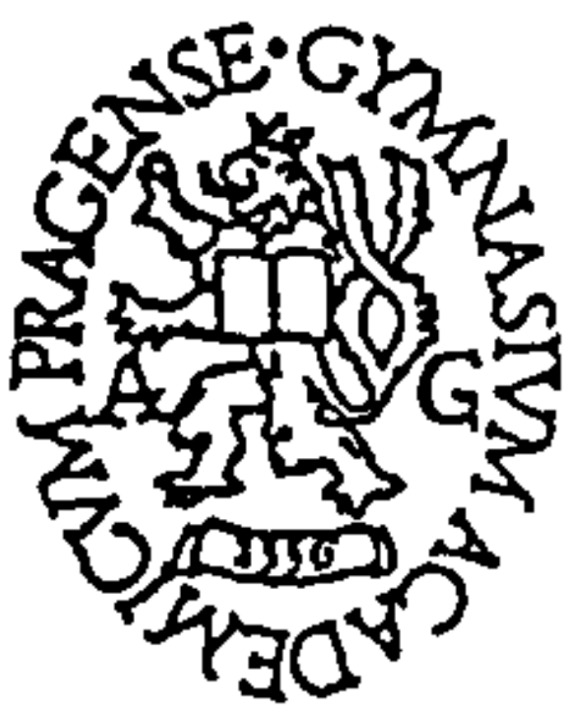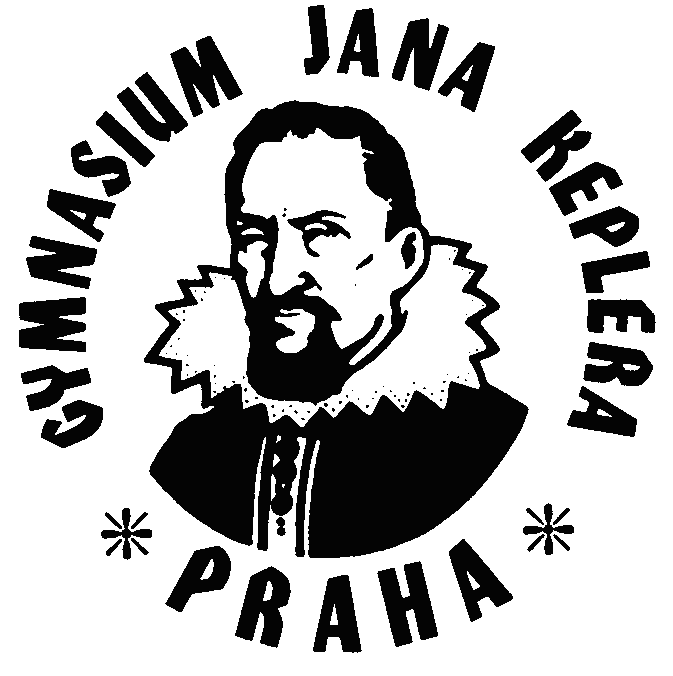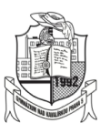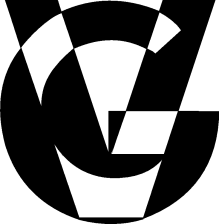On British Rule in Cyprus
On British Rule in Cyprus
27.10.2017 Nikola Karasová

In many European countries it is still rare to find a good-quality museum that would cover in an un-biased way the history of the respective area and its inhabitants in its whole time span including its most recent political development. The Leventis Municipal Museum of Nicosia, Cyprus, definitely tries to offer such a historical overview and to present it in an easy manner that can engage the attention of a wider public. Located in the lively area of the city's historical centre with its cosy tavernas and crowded cafés and in immediate proximity to the romantic, but touristy, streets of the Cypriot traditional neighbourhood of "Laiki Geitonia," the museum is a true place of rest and peace. Furthermore, it benefits from the fact that it is a rather young institution (April 1989) and open to new technologies. After a series of renovations, the museum was reopened in 2010, even doubling its exhibition space. Besides temporary exhibitions, large collections of artefacts are used to encapsulate the history of Cyprus from the ancient times, through the periods of the Byzantine, Frankish, Venetian, Ottoman and British rule until the current situation of an independent, but divided state.All of this helps you realize the long and complicated cultural developments of the island, influenced by a vast array of civilizations so different in customs and social realities.

The decades of British dominance over Cyprus (1878-1960) were especially important for the island‘s economic and social development. Their imprint is still apparent nowadays on the administrative and legal framework. Nevertheless, Cyprus acquired an inferior position of a Crown Colony and, over time, heated disputes on many issues emerged between the British administration and the Cypriot population, including taxation, demands for constitutional freedoms and the question of the unification with Greece.
The growing dissatisfaction of Cypriots resulted in an armed struggle for liberation that took place between 1955 and 1959 and was targeted against the colonial forces and their allies among Greek and Turkish Cypriots. The legacy of the liberation struggle, however, is somewhat overshadowed by the more recent trauma of the 1974 Turkish militaryinvasion. My trip to the island allowed me to see the remnant memories that are still vivid in the minds of people, especially of the older generations. Thus, one can come across distinct opinions that interpret the British administration as those who once "freed" the island from the dominance of the Ottoman Empire and at the same time as those who became the "new collonizers" over time. The Leventis Museum attempts to capture the layered impression of the British Rule, a period of constant urban modernization but also of a hindered self-determination process on the side of the Cypriot population.

A mere 15-minutes walk through the crooked streets of the walled city of Nicosia connects the Leventis Museum with yet another important, but rather controversial, site, the Liberty Monument. The monument, erected in 1973 to commemorate the liberating struggle against British rule, serves at the same time as a honour to the EOKA fighters, far-right anti-communist guerilla with a problematic legacy whose ultimate goal was the unification of Cyprus with Greece enforced by various means, including the violent ones.The monument sits in a quiet park right at the Podocattaro Bastion, whose impressive Venetian walls remind one of the city's medieval history. It consists of seventeen bronze figures and centers on a personification of Liberty, who is ordering two figures, symbolizing EOKA fighters, to pull a chain lifting the iron bars of a prison.

The remaining figures, among them clergy, peasants and workers, men and women, are thus freed from their cell, symbolically liberated from the opression of the colonial forces. Not surprisingly, the monument ignores any Turkish Cypriot elements as – in the view of many – the Turkish Cypriots were seen as allies of the British administration. For many years, a statue of Archbishop Makarios, the first president of the independent Cyprus, was placed opposite the Liberty Monument (and later removed due to public criticism). This contrasting statue manifested the nationalist character of the whole site. Even today, the monument still has the potential to create social tensions, which is certainly why, in recent years, it has been vandalized multiple times. Today, the traces of mocking graffiti are not visible anymore, but this does not mean the disagreements over the presence of the monument in Nicosia would disappear.
Původně publikováno na stránce projektu BOHEMs





